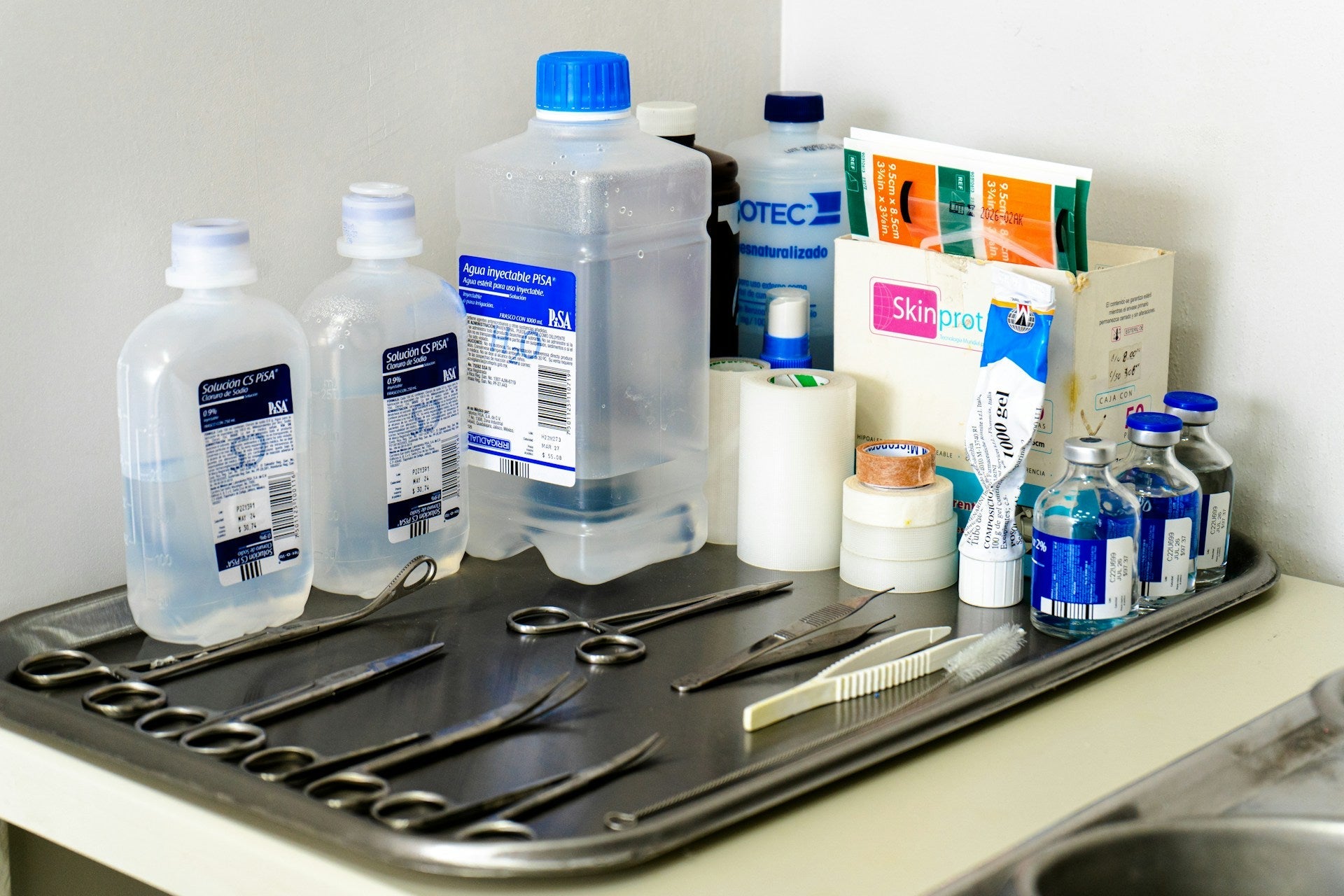

· By Trevor Horne
Proof That Organized Equipment Cuts Procedure Time
Sticking to a clear schedule during dental and surgical procedures isn’t just about skill or experience. It often starts before the first tool is picked up. The layout of a room, how instruments are arranged, and the ease of movement significantly impact efficiency. A tangled cord, a missing tray, or a cart that won’t roll can disrupt the pace quickly. During busy seasons, with back-to-back appointments and rising caseloads, these small delays add up.
One of the best ways to avoid this is by working with a medical equipment provider who understands clinic operations. A predictable setup that supports actual workflows—not just visual appeal—allows staff to focus more on the task at hand rather than fixing problems. This consistency adds calm, particularly when the day takes an unexpected turn. For guidance on smart room organization, be sure to review our best practices for organizing operating room equipment.
How Equipment Chaos Affects Procedure Time
Most professionals have faced moments mid-procedure when a crucial tool isn’t where it should be. Maybe it was cleaned and forgotten, or placed in another room. Those brief interruptions can break momentum and impact everything that follows.
Even minor disruptions like extra reaching or adjusting cart placement can extend procedure times. The more a team needs to focus on movement instead of habit, the quicker mental energy drains.
In high-pressure settings, organization does more than tidy up—it preserves flow. Missing or misplaced instruments raise tension, spreading quickly and disrupting the entire room. Keeping rhythm smooth relies more on setup than many expect.
Key Benefits of Organized Tool Setup
Proper placement is vital. Knowing where everything is—and having it there—enables faster, more intuitive movement. Setups using designated trays or carts allow for seamless stage transitions. Whether in pediatric or surgical rooms, a consistent layout that’s maintained and refreshed daily brings efficiency.
Organized setups also streamline communication. With less need for mid-procedure questions, handoffs become truly smooth, saving time, especially during quick room turnovers.
There’s mental relief in knowing tools are where they should be. This allows staff to focus more on patients and technique instead of hunting for probes or repositioning suction lines. A structured layout acts like an implicit checklist, needing no conscious effort.
Role of Specific Equipment in Room Efficiency
Over-the-patient instrument tables may seem minor, yet they greatly enhance how comfortable and quick a procedure feels. A well-set table keeps active zones tidy and easy to scan, minimizing unnecessary movement. One helpful addition to consider is a ProAssist Bridge Table, which improves ergonomics by giving providers quick access without crowding the patient area.
Carts are often overlooked but crucial. A well-equipped dental cart positioned correctly can save unexpected time. When placed conveniently near the provider, it eliminates the need for repositioning or repeated tool requests.
Steam sterilizers also contribute significantly. Positioned close to refresh trays without crossing long hallways, they expedite resets between appointments—not just by sanitizing fast, but by saving steps and effort.
Surgical lights need to be properly adjusted to be effective. If too low or misaligned at the start, they can hinder the procedure. Properly installed and calibrated, they require fewer adjustments, allowing more focus on the task.
What to Look for in a Medical Equipment Provider
Not all suppliers offer equal support. A worthwhile medical equipment provider understands clinic workflows and caters to them. This means listening to staff's needs during setup and breakdowns.
Suppliers should offer equipment suited to the clinic’s space—not oversized carts for tight areas, while providing gear that supports simultaneous setups in larger surgical centres. This flexibility helps tools remain mobile between spaces without disrupting workflow.
Quality suppliers provide items designed for consistent use. Equipment that withstands repeated cleaning, adjusts easily, and integrates with routines becomes a tool rather than an obstacle—improving care delivery over simply stocking cabinets.
Seasonal Procedures and Preparation: Why Fall Matters
As clinics schedule more year-end procedures, time feels even tighter. Fall is when many teams identify efficiency gaps. It might be a consistently behind room or a tray setup causing sterilizer station traffic.
Reviewing setups and equipment placement now can ease pressure before winter peaks. It also allows time to order adjustments without scrambling during hectic weeks.
Early October planning prepares clinics for flu season, school breaks, and patient rushes before benefits reset. It’s ideal for addressing slowdowns with proactive changes.
Staying on Track by Staying Organized
Organized spaces don’t just look better—they function better. Every time a provider doesn’t need to reposition, search for a tool, or ask for clarification, time is saved. Individually, these may feel minor, but collectively, they keep procedures smooth from start to finish.
Smart room setups don’t require renovations. They start with the right equipment in the right place. Compact carts fitting tight areas, properly adjusted lights, and logically arranged trays allow teams to transition seamlessly between tasks. When efficiency increases without sacrificing control, care quality remains steady no matter how packed the schedule.
Clinic setups can get tight fast when equipment isn’t doing its job or taking up more space than it should. As a trusted medical equipment provider, we help teams rethink layouts and tool choices so their spaces work smarter, not harder—every single day.
